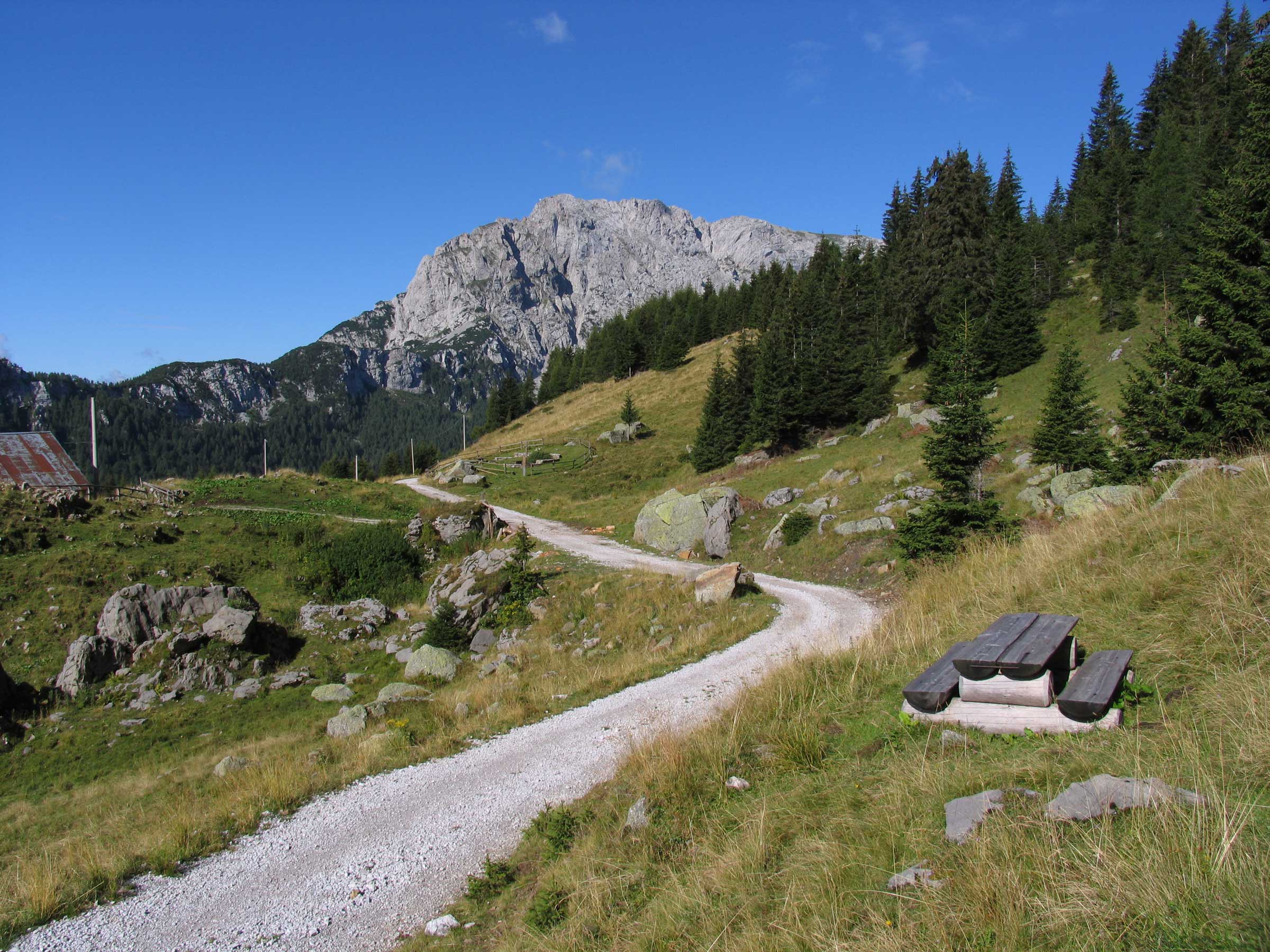Between the Casera Auernig and the base of the mountain of the same name, there is a large number of large boulders distributed on both sides of the mule track. They collapsed from the steep slope of Mount Auernig in an unknown time, certainly after the Quaternary ice had freed this sector (between 18,000 and 15,000 years ago). Two very different types of rocks can be identified in the boulders: quartz pebble conglomerates and light grey algal limestone. The former correspond to fluvial-delta deposits, the latter are exclusively marine sediments. In the latter, it is possible to observe fragments of calcareous seaweed that look like a tube (Dasycladaceae), and that can reach up to a few centimetres in lenght. The two types of deposit represent the typical rocks of the banks of the Pramollo rocky succession, deposited around 300 million years ago.
Cerca
Ultimi Post
- The temporary exhibition “The Wonders of the Underworld – Ampezzo, 20th June 2020
- The Geological Museum in Ampezzo opens next Saturday
- The temporary exhibition “Fossil fish from the Friulian Alps” opens again
- Coronavirus Emergency – extraordinary closing
- Presentation conference – book “INSIDE THE CARNIC ALPS” – Udine, 25th June 2019

